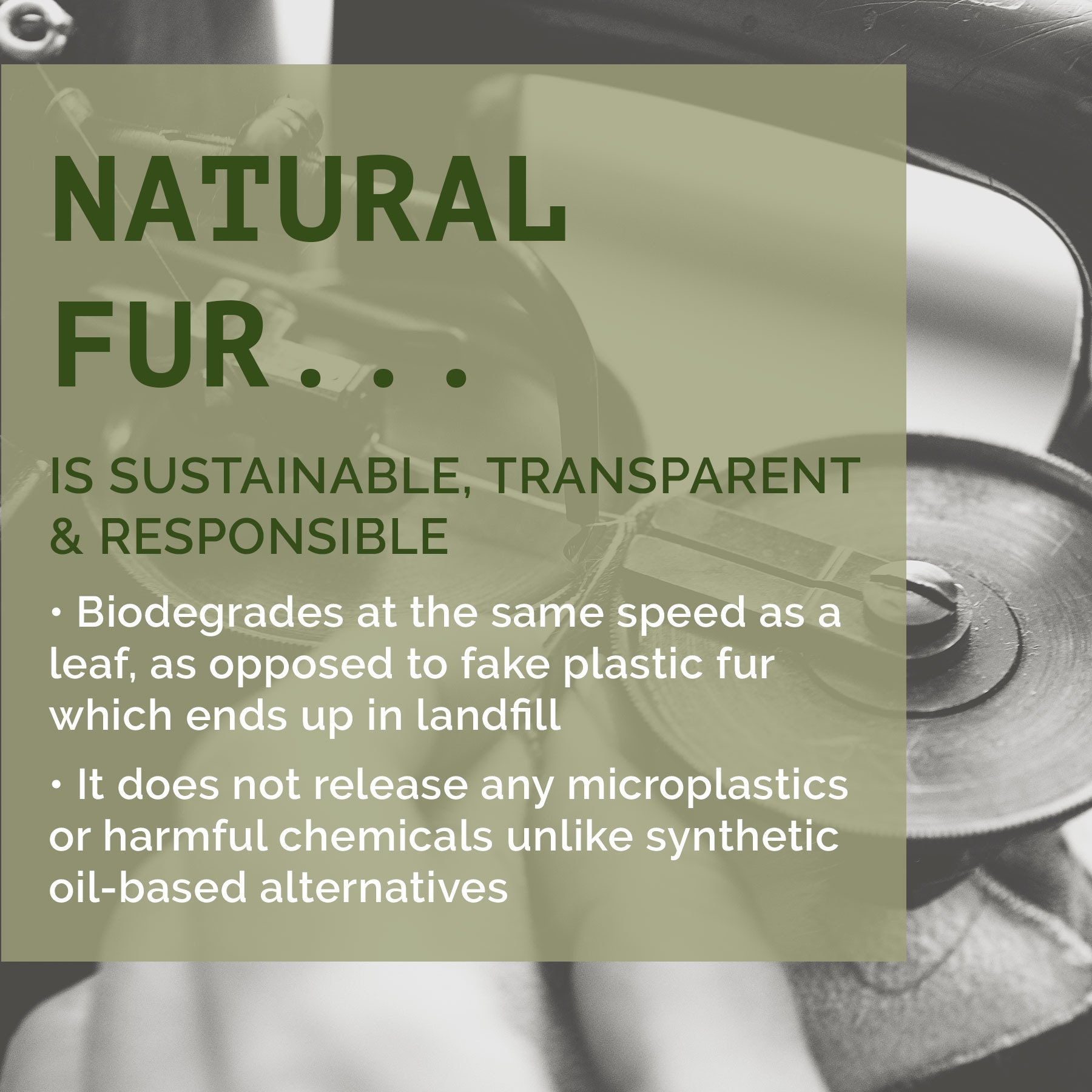Waste reduction, longevity and re-use are the basic solutions for environmental sustainability, and no other textile fits the bill as perfectly as natural fur. Fur garments are used for an extraordinarily long time, and it is common practice to redesign and use garments of natural fur. In itself natural fur is a renewable resource that never runs out, but will biodegrade and enter nature's own biological cycle. Natural fur is the slow fashion alternative to modern day's 'buy and throw away' culture, and a good choice for fashion consumers concerned with sustainability.
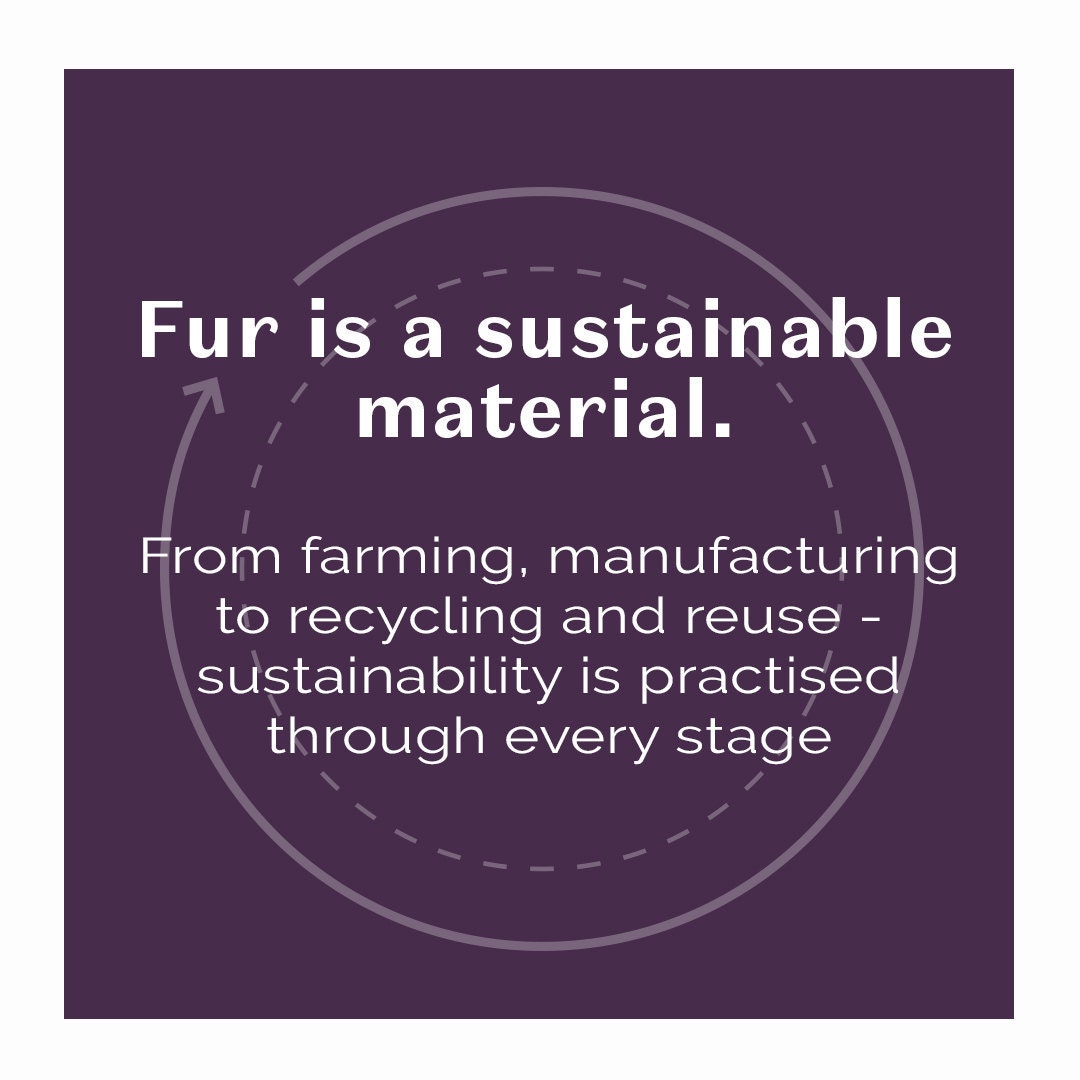
Natural fur is a sustainable fashion material which can be absorbed back into nature's own cycle through biodegradation. A renewable resource with outstanding thermal qualities, natural fur also have much less impact on landfills and oceans than synthetic alternatives, which are made from plastics. Synthetic textiles such as polyester still make up the lion's share of the global textile market, and while the production of plastics is a major contributor to greenhouse gasses, the plastic pollution itself has become a major threat to the ecosystem.
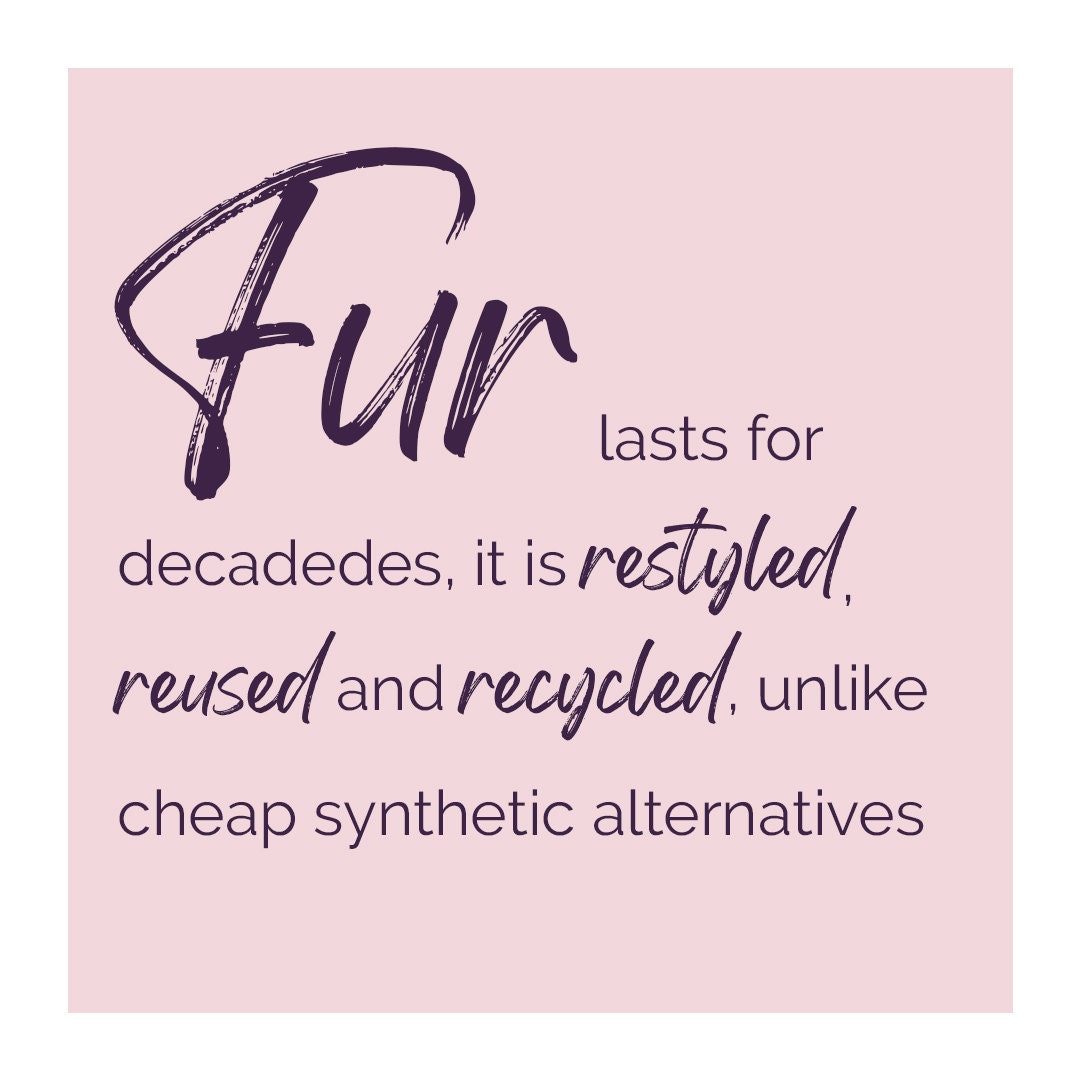
A ROLE MODEL FOR SUSTAINABLE FASHION
The massive pollution caused by fashion consumption is not sustainable. These fashion researchers say fur ought to inspire brands with sustainability ambitions. A natural, renewable material consumers do not want to throw away.
As slow fashion gains traction as an alternative to 'buy and throw away' culture, fashion designers are turning to natural materials for inspiration. Using renewable materials that are sourced sustainably for as long as possible lies at the heart of slow fashion.
Real fur part is of the solution ,for a more sustainable fashion industry.
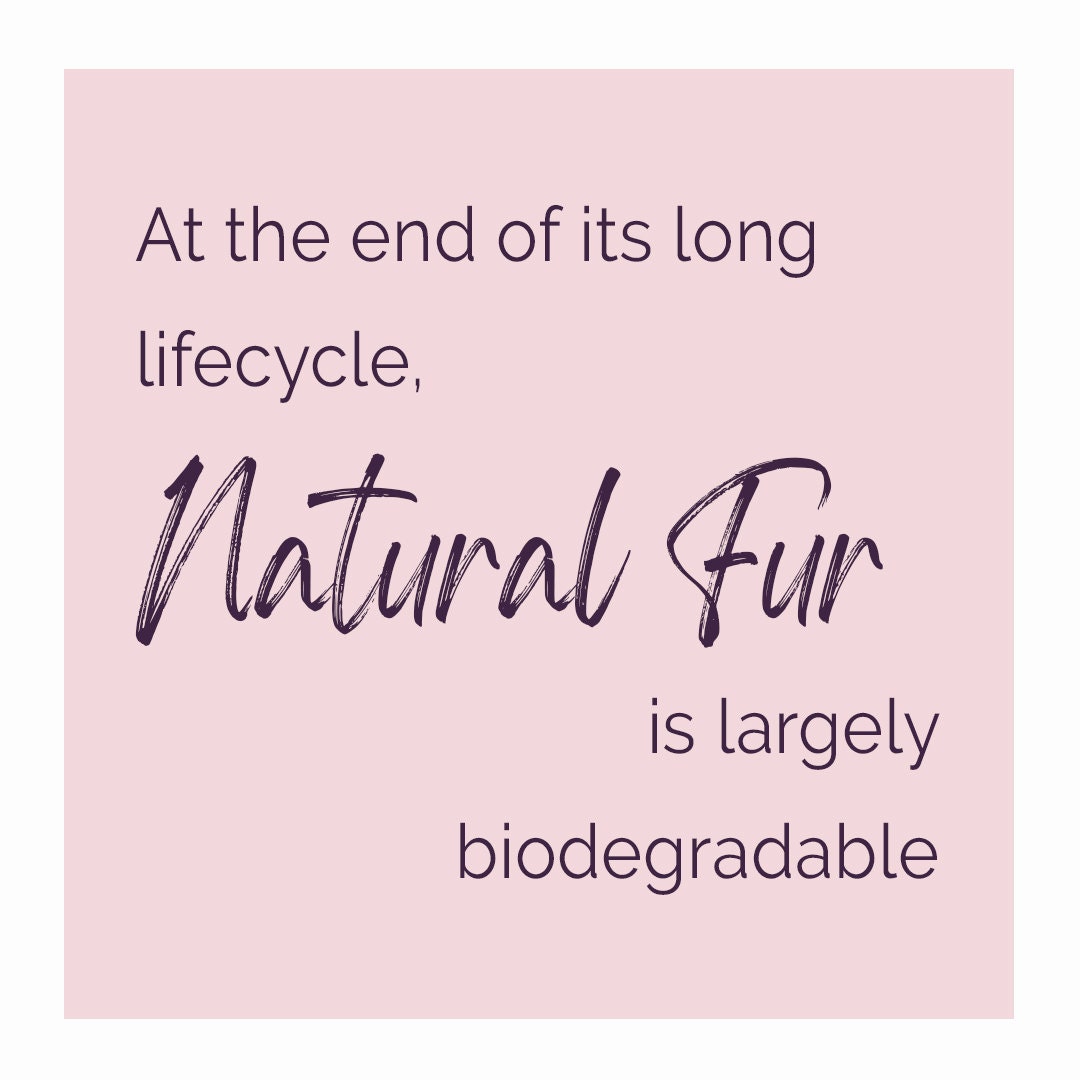
NATURAL FUR IS BIODEGRADABLE
Natural fur is a renewable, biodegradable resource working within nature's own cycles. By having biodegradable waste instead of non-biodegradable waste, we can greatly reduce the amount of trash collecting in landfills and in the environment. Plastic-based textiles are non-renewable and contributes to plastic pollution in oceans and waterways.
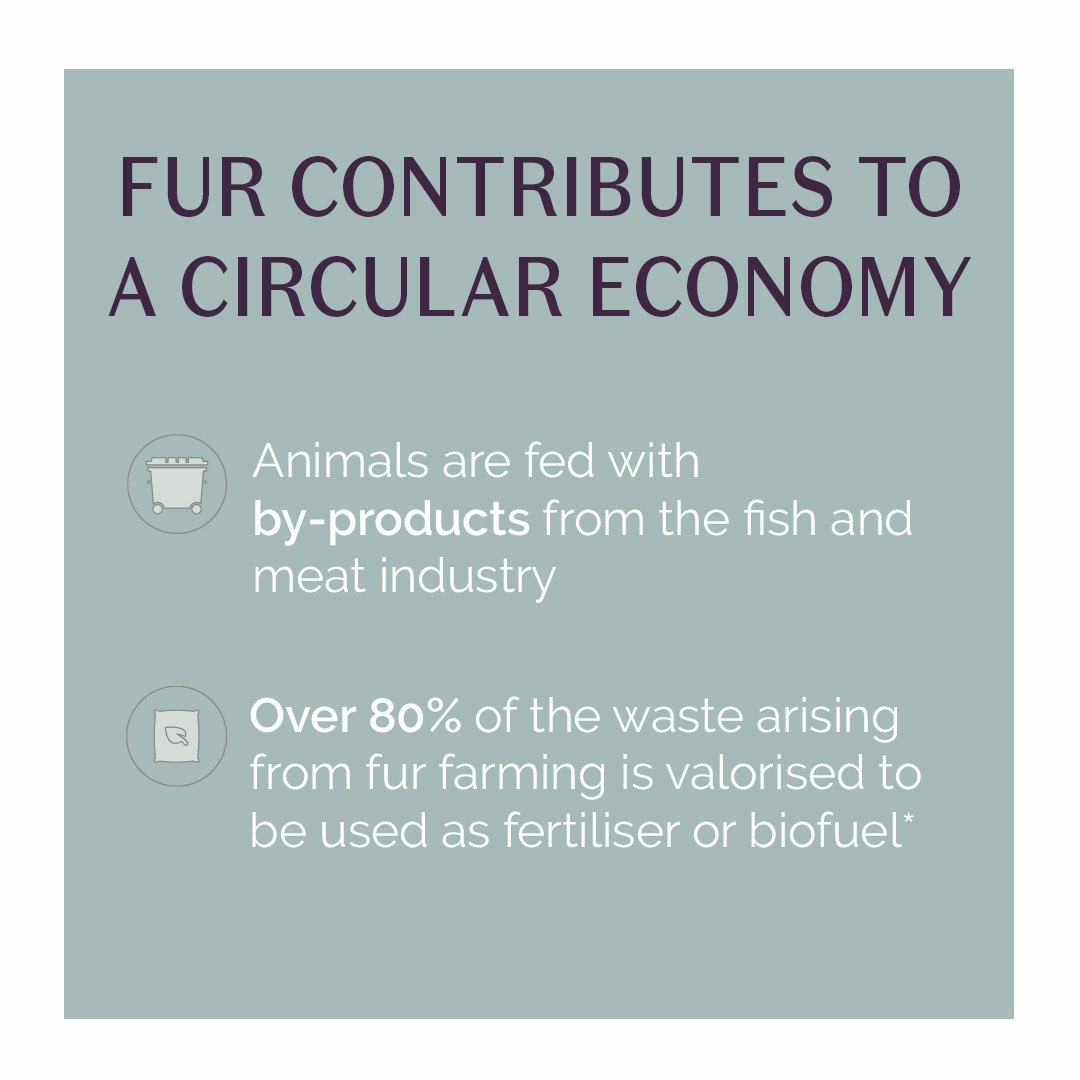
The circular economy is a business model aimed at ensuring sustainability.
A circular economy is an alternative to a traditional linear economy (make, use, dispose) in which we keep resources in use for as long as possible, extract the maximum value from them whilst in use, then recover and regenerate the products and materials. The production of fur is completely circular. Here is why:
- Fur animals feed on waste products from the production of human food, specifically fish, pig and chicken offal.
- The whole animal is used. Carcasses and fat from the fur production are utilised for a range of different bio products, including green energy, fertiliser, cosmetic products and bio diesel.
- Fur garments have an extraordinarily long life-span and are often worn for several decades.
- The re-use of fur through second hand sales is widespread. Similarly, the repairing and re-modelling of fur garments ensures the use of fur for as long as possible.
- Fur is a renewable and biodegradable material. Unlike synthetic fashion materials fur will not clog landfills or break down to micro plastics, but rather enter back into nature's own cycle. Old fur apparel can even be composted for your garden.
ANIMAL WELFARE
Today's consumer is interested in where a product comes from and how it is produced. With the introduction of the animal welfare programme WelFur the European fur sector pioneers a new standard for modern animal welfare. WelFur is developed by independent scientists from seven European universities, and the fur farms are assessed by an independent third-party. The programme is being implemented on European mink and fox farms in the period 2017-2019.
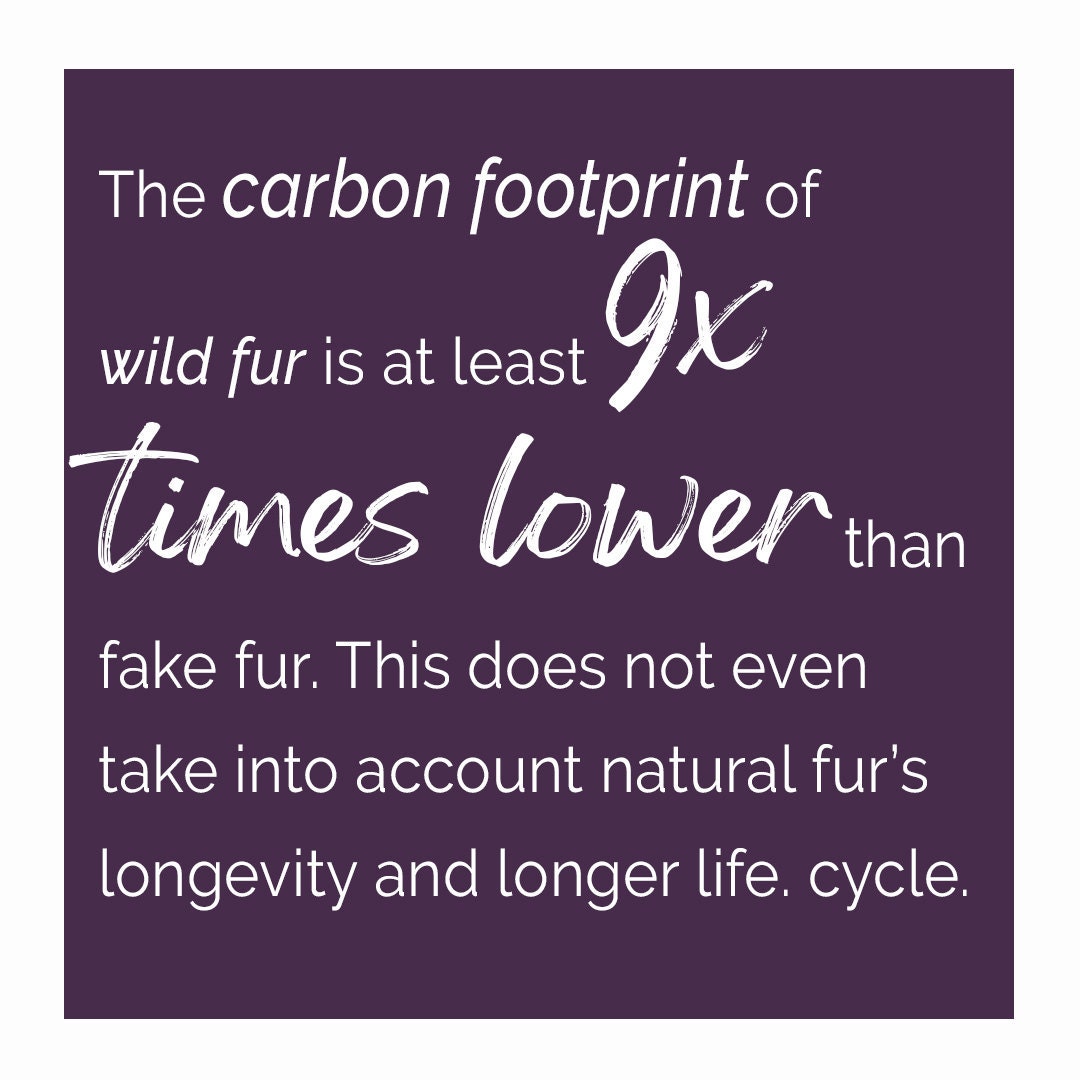
The European Commission's Product Environmental Footprint (PEF) programme is the basis of the European fur community's work towards society's sustainability goals.
Why?There are a lot of claims about environmental footprint of products based on various methods, rules and data. All this information leads to confusion for both end-consumers and businesses.
What?EU wants to ‘clean’ this area by developing and implementing one harmonised, transparent method to assess and communicate the environmental footprint of consumer products.
How?EU already developed the method. Now we are in the phase where industries on a voluntary basis and under a strict scrutiny of the European Commission and other stakeholders develop rules (so-called PEFCRs) on how to apply this method to different categories of products.When the current phase is over after 2021, the EC wants to come up with a legislation build on this initiative.
NextFur Europe is now a part of the Technical Secretariat for the development of the Apparel & Footwear PEFCR. Our aim is to have a solid set of rules on how our environmental footprint is calculated so we can (1) communicate this to the consumers, and (2) develop a strong evidence-based system for further improvement of environmental credentials of the fur sector.
HANDMADE
Human hands have worked with natural fur since the dawn of mankind. The European furriers of today remain dedicated to skillful craftsmanship handed over from master to apprentice, or from one generation to the next within the family. This dedication to human skills and quality makes the furrier craftsmanship a role model for sustainability. Natural fur garments have inherent sustainability qualities because consumers value products of excellent craftsmanship more. When products get new life through repairing or remodelling, the emotional tie between the consumer and the product becomes even stronger. Design for longevity, reduction of waste and re-use of materials are key components if fashion is to become sustainable.
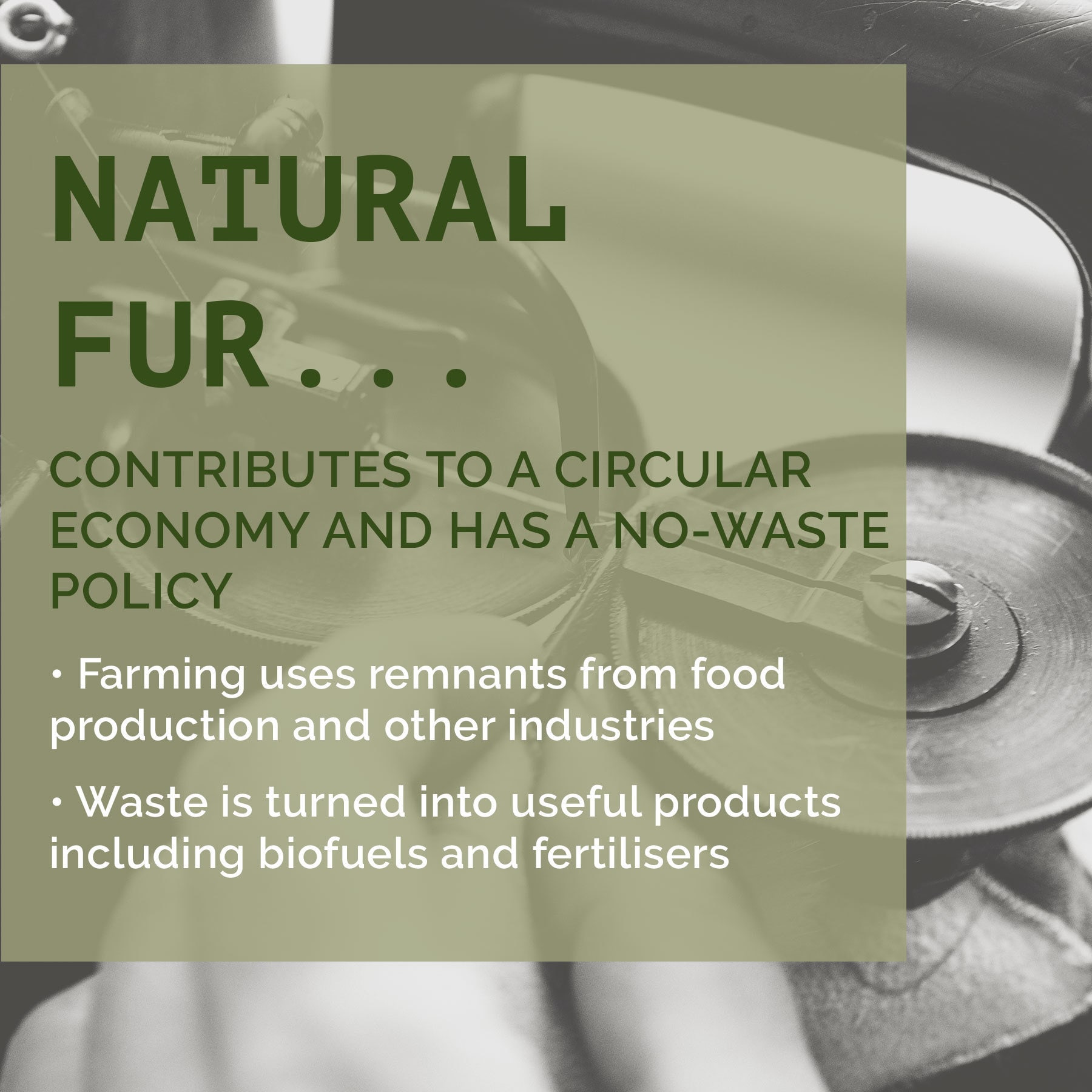
Furs are repaired, re-modelled and re-used, and consumers remain loyal to their fur garments for many years. Such characteristics make fur a role model for sustainable fashion.
To say that the fashion industry faces a sustainability challenge would be an understatement. The production of clothing has doubled in the last 15 years as a result of the demand for garments, fuelled by a growing global middle-class. This has propelled fashion into the undesirable position as the second most polluting industry in the world. Fundamental to the pollution crisis is the deep-rooted notion that fashion, as a concept, is about the ‘new’. This idea supports the industrialist, linear business models of fashion. Consequentially, there are ever more annual fashion collections produced at increasing speed. Modern fashion exemplifies the ‘buy and throw away’ culture better than anything. This unsustainable development has not gone unnoticed, whilst calls for action are plentiful the possible actions can, by and large, be boiled down to two possible strategies: 1) re-use materials and fibres and 2) design for longevity. The first strategy appears applicable to the fashion industry’s current business model. However, the infrastructure to collect used garments is far from being in place. Similarly, the current technologies which convert used garments into new fibres are insufficient. In reality less than 1% of the materials used to produce clothing is recycled into new clothing and 73% of all clothes are estimated to end up in landfills or are incinerated. The longevity strategy on the other hand, has the advantage of being immediately accessible whilst not depending on complex logistics and technology. Longevity strategies would shift the design phase towards functionality, durability, customisation, while material choices might move towards natural and renewable fibres. However, for the fashion industry to seriously move in this direction, it would also require a showdown with the current state of affairs. In particular, the business models which rely on continuously manufacturing and selling of more and more products. The new business models would have to focus on services for repairing, maintenance and re-circulation of clothing. Danish experts on sustainable fashion from the Design School Kolding point to the fur sector as a role model for sustainability for the entire fashion industry. The material itself is renewable, biodegradable and long-lasting. Furthermore, the structure of the fur sector is characterised by services offered by furriers, who can repair fur garments, or remodel garments entirely. The advantage of this is not only the extended life span of fur garments but also the emotional component. Fashion researchers regularly point out that when people are emotionally tied to their clothing, they tend to take better care of it and wear it more often, which in effect is sustainable consumerism. How do people become emotionally tied to clothing? For various reasons but most often because the quality is good, the price of the product has been relatively high, the consumer has gone to the length of repairing this piece of clothing or if the clothing is inherited. Once again fur seems to tick all the boxes.
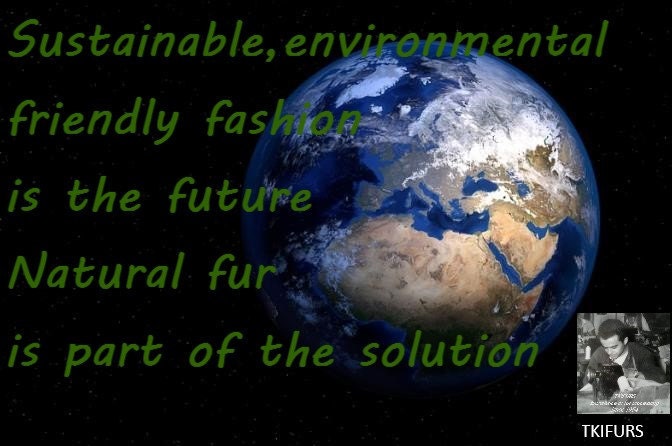
Fast fashion is a problem that has long caused millions of tons of waste. The environment and the oceans can no longer withstand this pollution. We have to learn to bring slow fashion back into our lives. Among other things, wool, leather, cotton and natural fur, are environmentally friendly and sustainable materials.
And also part of the solution for the future of fashion.

